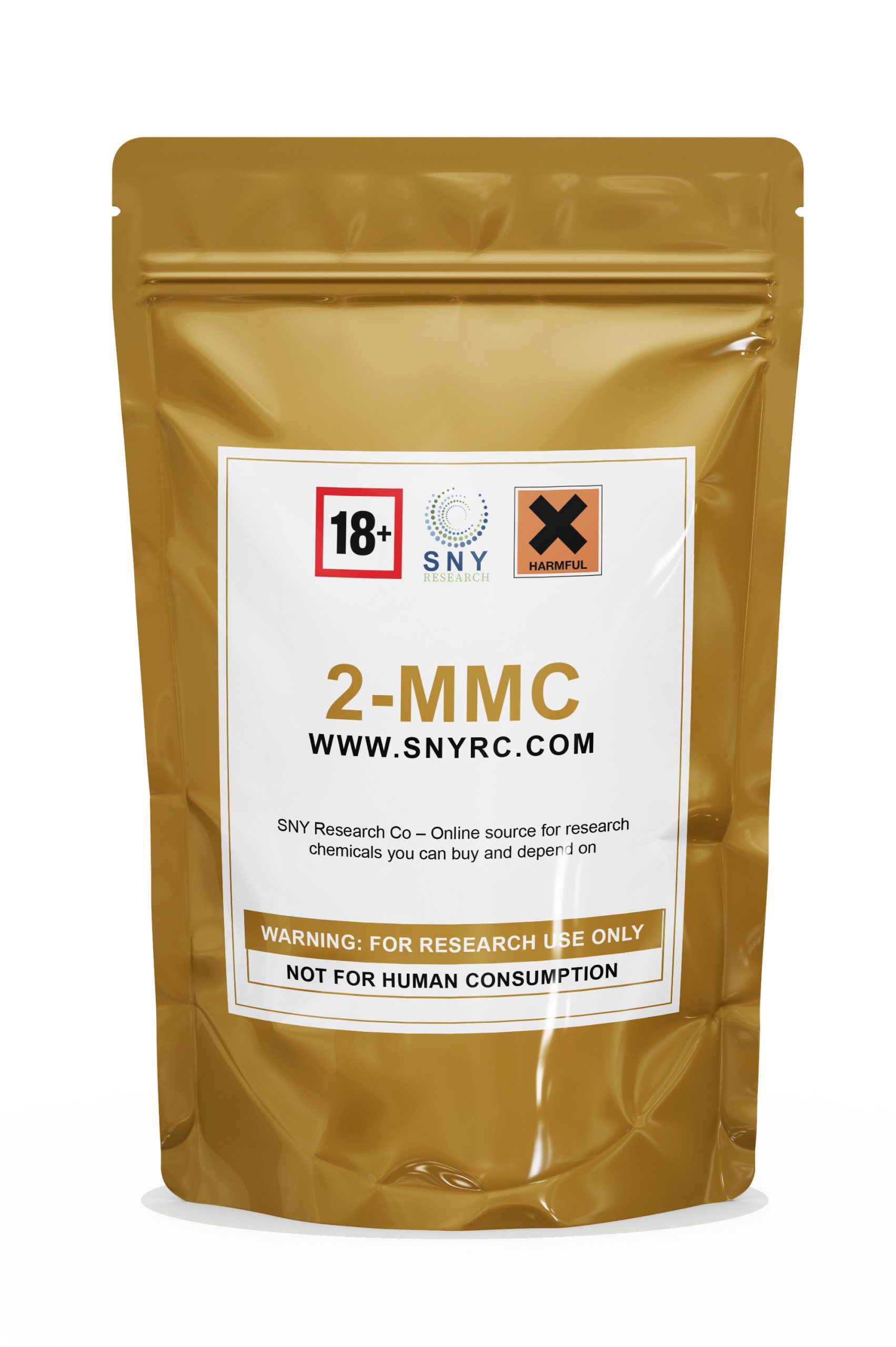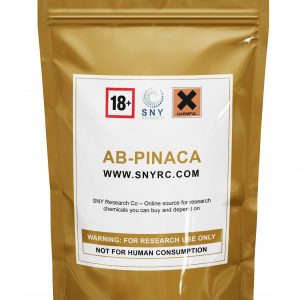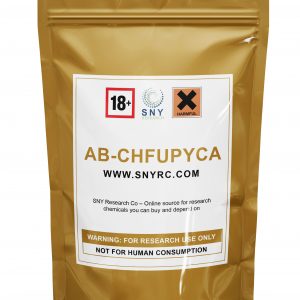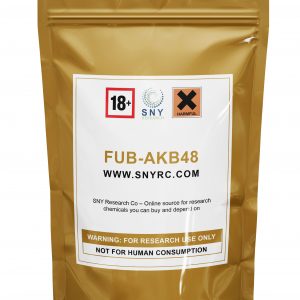2-MMC, a novel research chemical, has been gaining attention in the world of experimental substances. First discovered in Sweden in 2014[1], 2-MMC is classified as a cathinone and shares similarities with other compounds such as MDPHP, 3-CMC, and 5-MMPA (Mephedrene)[2]. Its effects are quite akin to those of Mephedrone, making it an interesting subject for research purposes. This page aims to provide a comprehensive overview of 2-MMC, including its origins, chemical properties, and potential applications in research settings.
History and Development
First reported in Sweden in 2014[1], 2-MMC has since been identified in various European countries. Although its specific developer remains unknown, the substance has attracted attention due to its similarities to Mephedrone and other cathinone derivatives.
Drug Category and Chemical Properties
2-MMC is a research chemical that belongs to the cathinone class of substances[2]. Cathinones are a group of naturally occurring and synthetic stimulants derived from the khat plant (Catha edulis). They are structurally related to amphetamines and share some of their effects. The molecular formula for 2-MMC is currently unavailable.
As a research chemical, 2-MMC has not been extensively studied, and little is known about its chemical structure, shape, and color. More research is required to provide a comprehensive understanding of its properties and potential applications.
Uses and Effects
As a cathinone derivative, 2-MMC is presumed to have stimulant and psychoactive effects similar to those of Mephedrone[2]. However, due to its status as a research chemical, the precise nature and extent of these effects remain unknown. It is important to note that 2-MMC is not intended for human consumption, and its use should be limited to controlled research settings.
As with other cathinones, 2-MMC is presumed to act on the central nervous system, altering the levels of various neurotransmitters such as dopamine, serotonin, and norepinephrine. This can result in heightened alertness, increased energy, and elevated mood. However, it is crucial to emphasize that the specific effects and potency of 2-MMC have not been well-documented, and further research is needed to establish its properties and potential applications.
Dosage and Precautions
Due to the lack of research on 2-MMC, there is no established dosage information available. It is essential to approach this substance with caution, as the effects, potency, and potential risks associated with its use have not been thoroughly studied.
Researchers should handle 2-MMC with care, ensuring appropriate safety measures and precautions are in place to prevent accidental exposure or ingestion. As a research chemical, 2-MMC is not meant for human consumption and should be used strictly for experimental purposes.
Conclusion
2-MMC is an intriguing research chemical with potential applications in the study of cathinone derivatives and their effects. While information about its chemical structure, shape, and color is limited, its similarities to Mephedrone make it an interesting subject for further investigation. It is crucial for researchers to approach this substance with caution, as its effects and potential risks remain largely unknown.





Reviews
There are no reviews yet.